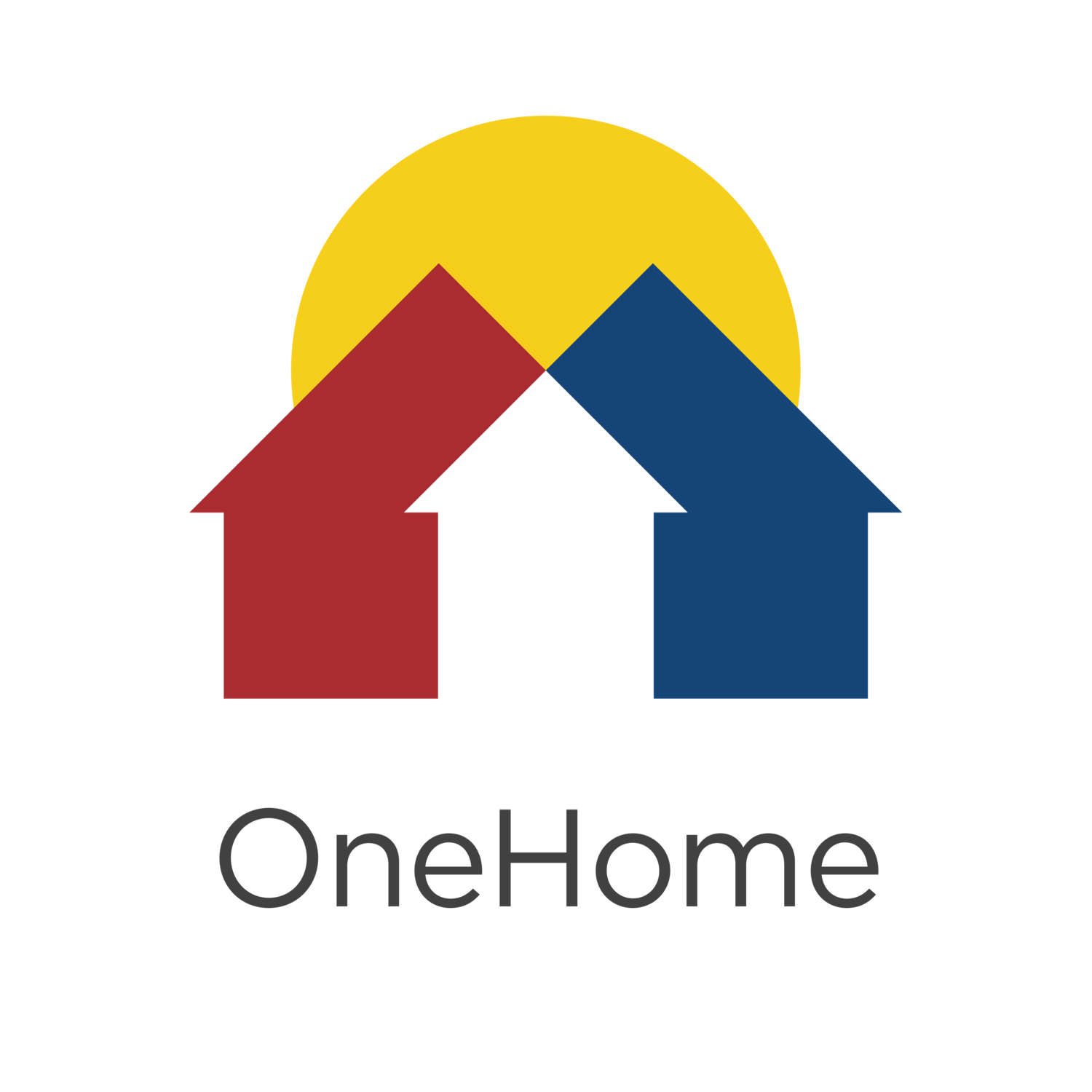OneHome Policies & Procedures
This includes background on Coordinated Entry Planning, as well as detailed Policies and Procedures for Access, Assessment, Prioritization, Referral, Data Management, and Evaluation.
Prioritization
Once assessed, households are prioritized by vulnerability because the housing resources in our community are so scarce. OneHome uses vulnerability factors to prioritize and match clients to housing including documented disability, length of time homeless, age, and more. We have updated our prioritization over the last year to reflect the ever-changing needs of our community and continue to monitor each one for equitable outcomes and process improvement.
Youth
Lost Housing due to Violence or Unhealthy Relationships (45%)
Homeless Because of Violence at Home (question 20, e. Because of violence at home between family members? and f. Because of an unhealthy or abusive relationship, either at home or elsewhere?)
Homeless Because Conflict Gender Id or Orientation (d. Because of conflicts and gender identity or sexual orientation?)
Currently Fleeing DV (OneHome Enrollment)
Systems Involvement (40%)
Have you had significant interactions with the criminal justice system?
Were You Ever Incarcerated When Younger Than Age 18 (Question 13 -> legal issues)
Formerly a Ward of Child Welfare or Foster Care Agency (37. Have you ever been in foster care?)
Confirmed FUP Eligible (manually updated by OneHome Coordinator from CDHS TRAILS database confirming FUP eligibility)
3 or more disabling conditions that affect the ability to attain/maintain housing (TBI, developmental disability, mental health, substance use disorder, chronic health condition, physical disability, etc.) (10%)
From the OneHome enrollment and VI-SPDAT questions
Length of Time Homeless (5%)
Single Adult
This prioritization was presented to the provider community in December 2021 and took effect in January 2022. Individuals who have experienced 36 or more months of homelessness in their lifetime are prioritized for Permanent Supportive Housing (PSH) and individuals who have experienced less than 36 months of homelessness are prioritized for Rapid Rehousing (RRH).
3 or more disabling conditions that affect the ability to attain/maintain housing (TBI, developmental disability, mental health, substance use disorder, chronic health condition, physical disability, etc.)
Systems involvement
Currently fleeing Domestic Violence
Length of time homeless
Family
This prioritization was presented to the provider community in September 2021 and took effect in October 2021. Resources will be determined by the length of time homeless. Households with more than 12 months of homelessness and a documented disabling condition will be referred to Permanent Supportive Housing and households with less than 12 months of literal homelessness will be referred to Rapid Rehousing.
Households fleeing DV
Ordered by age of youngest child and then length of time homeless
Households who have experienced DV
Ordered by age of youngest child and then length of time homeless
3 or more disabling conditions that affect the ability to attain/maintain housing (TBI, developmental disability, mental health, substance use disorder, chronic health condition, physical disability, etc.)
Ordered by age of youngest child and then length of time homeless
Alternate Process
Read the Interim Alternate Process Policies and Procedures before completing the Alternate Process Form.
To promote a person-centered approach to coordinated entry, our Alternate Process is available for individuals and families that meet at least one of the following criteria:
Persons who are unable to complete the standard assessment due to high-acuity mental health conditions or other inhibiting factors. Note that a signed Release of Information is still required to complete this process.
Persons for whom the current prioritization is incongruent with the actual vulnerability of the person surveyed; are there special circumstances or behaviors not captured by the standard assessment that may indicate additional vulnerabilities for this person?
Persons actively enrolled in a OneHome housing resource whose needs and/or preferences necessitate transfer and enrollment in an alternate housing program.
Inactive Policy
The Inactive Policy, located in the OneHome Policies and Procedures, stipulates that following 90 days of inactivity in HMIS, a household will be considered inactive until they reconnect with a community partner.
Inactive Policy Procedure
(includes Multiple Denial Policy Addendum)
This document outlines recommendations, specific processes in HMIS, and a timeline for complying with the Inactive Policy. Through continued evaluation and collaboration, OneHome and our community partners can ensure that the process and policy still support our goals of ending homelessness together.
Inactive List Instructions
In order to implement the Inactive Policy, ongoing data clean-up and process improvements are necessary. This document provides detailed instructions on how to update client records (clean-up). Following this process will prevent active clients from appearing on the “Inactive Report."
How to Reactivate Clients
These slides review how to keep clients active in the OneHome Program and how to reactivate them if they become inactive based on the above policy.
Intimate Partner Violence and Domestic Violence Policy
OneHome works with programs serving survivors of domestic violence to design a system that is survivor-friendly. Participants may not be denied access to OneHome on the basis that they have been a victim of domestic violence. This includes those fleeing or attempting to flee domestic violence, dating violence, sexual assault, or stalking.
OneHome makes every effort to ensure survivors of domestic violence have access to Coordinated Entry in a safe and accessible way. The Intimate Partner Violence and Domestic Violence policy includes guidance specific to Victim Service Providers (VSP), non-victim-specific providers, and veteran-specific providers.
Read the full Intimate Partner Violence and Domestic Violence Policy here.
Transfer Policy
There are many reasons why a household may need to move from one permanent housing program to another. You can read more about why that would occur, the policy, and the process through the documents below.
Anonymous Client Policy
There may be circumstances where a household does not feel that their Personally Identifiable Information is safe in HMIS. This policy is only for OneHome agencies that use HMIS. It does not apply to any other agencies that use HMIS.

